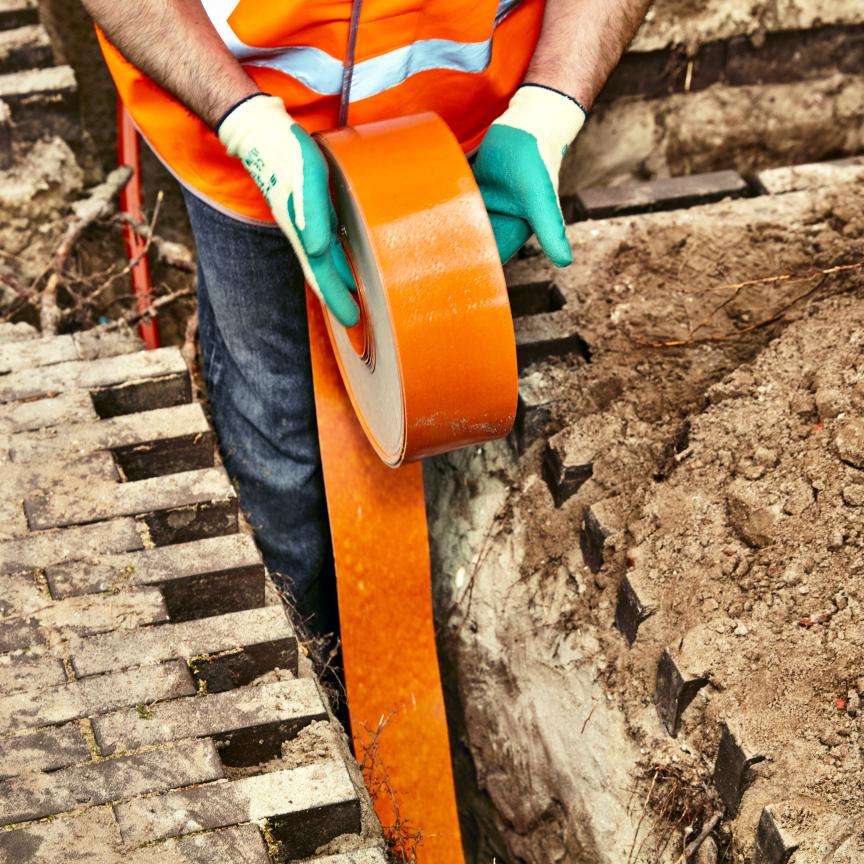In the first of a new three-part series, Keely Portway addresses some of the challenges and opportunities during individual processes of the FTTH ‘chain.’ This issue, network planning and design
Fibre to the home deployments have been increasing in recent years, with the pandemic providing further urgent need for accelerated deployment.
According to the most recent market panorama figures from the FTTH Council Europe, in partnership with Idate, the total number of homes with FTTH and FTTB in EU countries reached nearly 172 million in September last year. This compares with 160 million in 2018. Now 19 countries have more than two million homes passed.
The report stated that some 41 per cent of homes are passed by former incumbent operators, and it is interesting that independent or alternative internet service providers (altnets) constitute the majority of the FTTH/B players, with a contribution of around 56 per cent of the total fibre expansion.
The figures for this year are due to be announced at the virtual FTTH Conference in December.
Private investment
A report commissioned by the Independent Networks Co-operative Association (INCA) – also undertaken by Idate – highlights that more than £1.76bn of private funding related to the independent sector was announced between the start of 2019 and September this year. This is on top of an estimated £5.7bn of private investment-related announcements already made in the sector.
Stuart Read, sales and marketing director at telecoms solutions supplier and added-value-partner Passcomm, has witnessed the trend increase in the 21 years since the business was established. ‘The business is fibre optic driven,’ he explained. ‘It’s all about fibre optics for us. Recently FTTH has increased, and that’s on top of things like the rail and the highways. We were steadily ticking along, but now weare seeing steady year-on-year growth. A lot of that is driven by the boom in FTTH.
’It’s a small business, but we’ve got a lot of big customers, we’ve always punched above our weight. For FTTH, we’re dealing with brands such as Jurassic Fibre, County Broadband, Gigaclear... there’s a whole list. It’s fantastic dealing with the altnets.’
Because of this, Read has seen first-hand, the kinds of challenges these Altnets face. Product availability, to name but one, has been a consideration following the huge spike in demand. ‘Combining that with the global pandemic and the global supply chains,’ he said, ‘and it could be a challenge.’
Read’s advice is to commit to forecasts at the design stage, from the very first meeting. ‘We help our customers with those forecasts, and we try to guide towards a topology. This allows us to mitigate the risk of lead times. Delays to products potentially mean guys sitting around in vans not being able to deploy. That’s a very expensive hobby for the altnet!’
Ask the questions
Passcomm has a number of manufacturer partners from which it supplies to UK altnets. The list includes names such as Diamond, Ideal Networks, Cisco, Dasan Networks, 3M, and importantly, for network infrastructure and FTTx access, CommScope. ‘We’ve got a product-set that we understand based on various different network topologies,’ he said, ‘so we can advise what we think are the right products. At the design stage, we have CommScope's ePlanner, in which there is a series of checkpoints, questions that prompt decisions to be made about how the network is going to be built. So whether that’s things like split ratio, or number of fibres in the cable or hardened connectivity, by asking those questions, it works towards a topology that deals with the way that customers will potentially deploy their network.’
The company uses its experience to demonstrate best practice from what it has seen elsewhere in the marketplace. ‘A lot of what we do is helping our clients towards that type of deployment,’ he explained.
‘Some clients can be fairly explicit with their deployment ambitions and targets that they’ve got to hit, for example. In which case, we try to steer them towards hardened connectivity. We know that, ultimately, it is the fastest way to get the deployment numbers. The market is invested in a “homes passed” basis. Connectivity is the quickest way to pass the homes, and therefore secure the investment.’
The other major challenge that Read has noticed his altnet customers come up against is finding the correct number of trained engineers.
‘Ultimately,’ he said, ‘there are a limited number of training schools, with a significantly limited number of spaces. There’s also a significant backlog in the amount of people who are trained.’
For this reason, Read says, Passcomm pays close attention to what the incumbents do with the CommScope products. ‘We know that if we have the opportunity, I think we can steer our client towards effectively using the products that, say, BT use. This means that, in theory, the altnet has access to a wider pool of engineers who’ve previously worked on the BT/Openreach projects.’
Sound advice
The biggest piece of advice that Read can give to anyone at the design stage of building a network, is to keep it concise from the very start. ’The biggest successes are where clients have gone quickly through the trial process and haven’t taken a scattergun approach,’ he explained.
‘Ultimately, they’ve recognised the product and the way it has been deployed,’ he said. ‘We always stress that an important decision – and the right decision – is the one that you can stick with.
’Our partner-clients that are having the most success are those that decided on a topology, and stuck with it. They’ve used that trial and planning process pretty quickly, and then committed to what they’re doing. That is where we see the most successes.’


